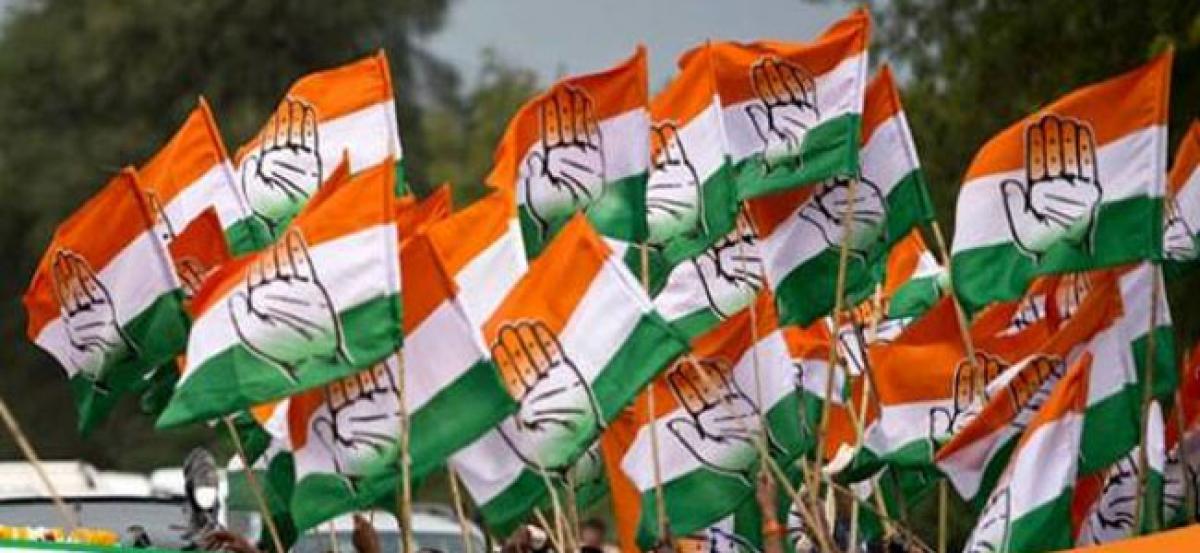New Delhi: In order to revive the party at the national level, the Congress is planning a joint opposition meet after the elections, but its credentials to “lead” the joint opposition would solely depend on its performance in the state elections. The party is banking much on Uttrakhand and Punjab to form a government to set a tone for “the party is re-emerging” narrative. Both of the states were marred by infighting and chaos; however, in Uttrakhand, the party is trying to capitalise on the anti-incumbency factor of the ruling BJP and in Punjab, it wants to reclaim its power riding on the “Channi wave”.
Vivek Bansal, Congress general secretary incharge of Haryana said, told The Sunday Guardian, “After the elections, the move will be initiated, much depends on the results of the elections; how the party fares, then subsequently the party will chalk out the future strategy. We will definitely try to rope in TRS and TMC also and all the like-minded parties.” Meanwhile, this newspaper also called other regional parties, TMC, TRS, NCP and the Congress leaders where all believe that setting a unified front will be a challenge. TMC and the TRS leaders also said that “we are committed to form a third front, with or without Congress”. But experts believe that establishing of third front or a pre-poll alliance is premature and may not yield results the way political parties think it will.
The regional parties taking the lead over the grand old party in the recent general elections hasn’t been any “concrete model” to be recreated, as the BJP that won 282 seats in 2014, came up with a greater majority of 303 in 2019, defeating the joint opposition more cleanly. More challenging for the Congress is that there are many differences the regional parties have at the state level wherever the Congress is a direct challenger. For example, in Telangana, KCR may not sacrifice its state level interests and cosy up to Congress where the party could be a potential opposition, let alone joining hands with the grand old party at the national level.
Political strategist Prashant Kishor, in a recent interview, had said, “It is very difficult for any regional party or for any new political entity to come and take the space of Congress—Congress under the same leader, under the same formation, the way they fight elections, the way they organise themselves, the way they conduct. They could anytime make it better.”
To keep the status of a major national party alive, the party on the one side has to win elections and prove itself at the electoral front to save face at the national level.
On the other hand, it has to assuage the emerging third front by bringing in all the regional parties on a single table to actually put in place a unified opposition to create for itself the impression of a dominant party.
Lokesh Somani, a political analyst, said, “Third front is mostly being created by those who are not from Hindi heartland; if a Mamata Banerjee rally was going to be held in Jaipur, or it was going to be done in Delhi, the truth is she wouldn’t get enough response, because she doesn’t have a language that all Hindi speaking people connected with easily, same is with the case with Chandrashekhar Rao.”
He added, “In the last general Assembly elections, there was a joint opposition rally done by Congress, and when media went to cover that rally, the only portion that was covered most was of those leaders who spoke in Hindi. The other South Indian leaders and Mamata Banerjee did not receive proportionate coverage and also their speech was not highlighted much—the reason being most of the media sits in Noida and Delhi.”
Congress has to perform in polls to ‘lead’ Opposition
- Advertisement -

